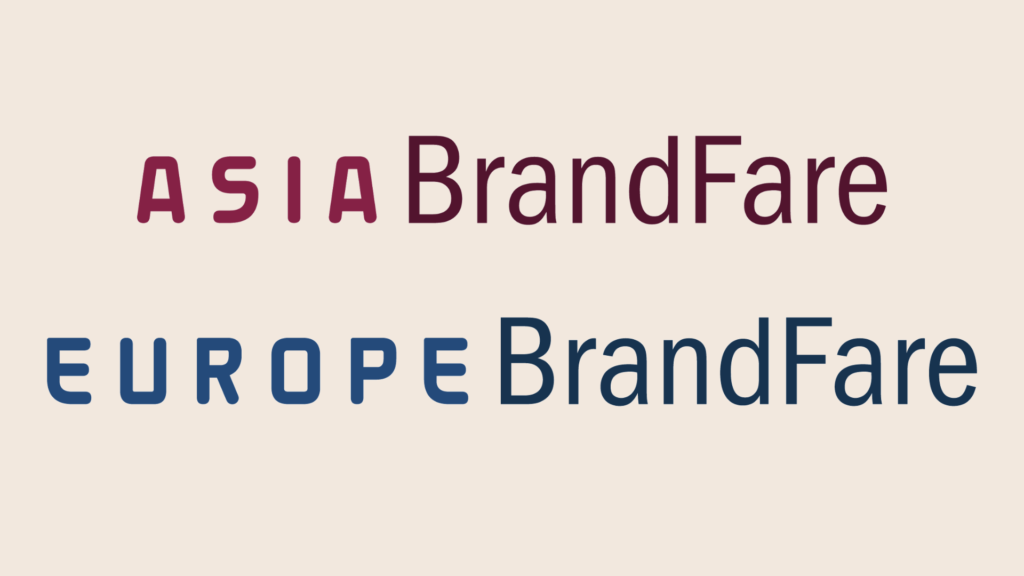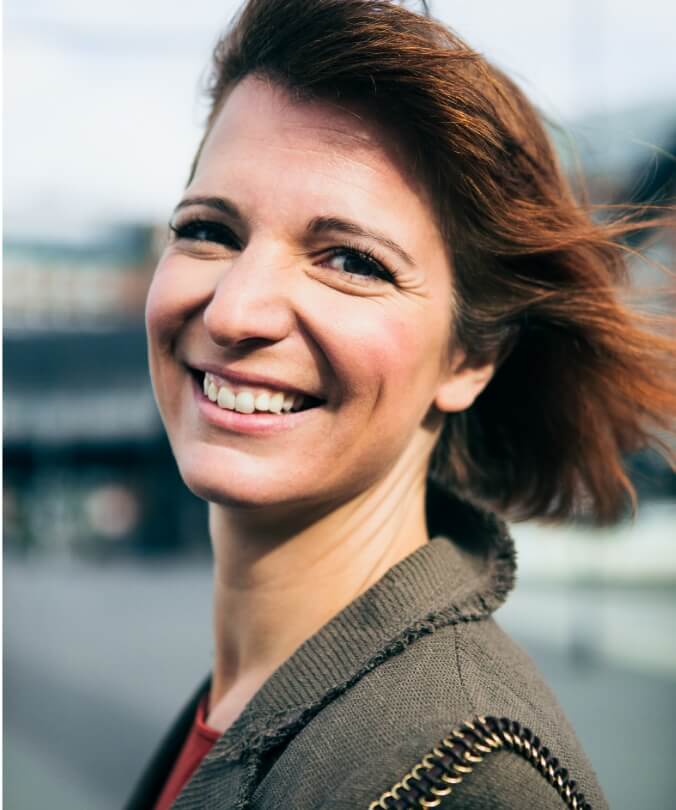In today’s competitive market, creating strong, localized brands is essential. Increasingly, brand building and localization happen through experiences that go beyond the products themselves – immersing customers in the brand’s universe. This article delves into how some brands use this approach to connect with new markets, focusing on Korea as a compelling showcase for international brand building.

Breaking Through: Reaching a Generation That Doesn’t Care About Cars
At the Kommunikationskongress in Berlin, leading PR event in Germany, Hyundai posed a question many car manufacturers struggle with: how do you make cars relevant to a generation that doesn’t seem to care? Hyundai Europe faced the challenge of increasing brand awareness among Gen Z – a demographic known for its reluctance to own cars and its keen focus on sustainability. For Gen Z, it’s not about the brand itself but the values and experiences it offers. So, how could Hyundai make itself relevant without resorting to the usual brand talk?

Hyundai: The K-Culture Experience in Seoul
To connect with this critical audience, Hyundai’s Germany-based team took a fresh, unconventional route. They invited designers, influencers, and journalists from Europe on a journey to Seoul to immerse them in the “K phenomena” – the origins of Korean design, style, and lifestyle in the bustling metropolis.
Did you know that the earthy tones of traditional Korean teapots inspire design elements in Hyundai cars? For the group, the tour of Seoul was an eye-opening experience that went far beyond the typical brand pitch. The impact was immediate and impressive: major lifestyle and business publications like Vogue, Die Zeit, and National Geographic covered the trip, reaching audiences that typically wouldn’t feature a car brand.
The K-Brand Phenomenon: Building Immersive Experiences
Researcher David Dubois sheds light on the success of Korean brands, explaining it as a result of a targeted, long-term brand-building process spanning two decades. Like Hyundai, these brands put customer discovery at the forefront by maintaining high visibility and responsiveness in the digital space. They provide concept stores where customers can physically experience products before buying.
But K-brands don’t stop there – they create immersive experiences that go beyond their core offerings. Dubois gives examples like Ader Error, which opened a pastry shop to enhance the brand’s sensory universe through taste, and cosmetics company Amorepacific, which built an art museum to enrich its visual identity.
For a deeper dive into this phenomenon, check out Dubois’ article here: Inside the Success of South Korean Brands.
How Does This Relate to Technical Brands?
Now, if you’re in the tech or service industry, you might be wondering: how does this apply to my hands-on, technical brand? The answer is simple: creating memorable experiences isn’t exclusive to consumer brands. Wouldn’t your buyers enjoy a piece of cake or a stunning piece of art – especially when it’s you who brought them there?

